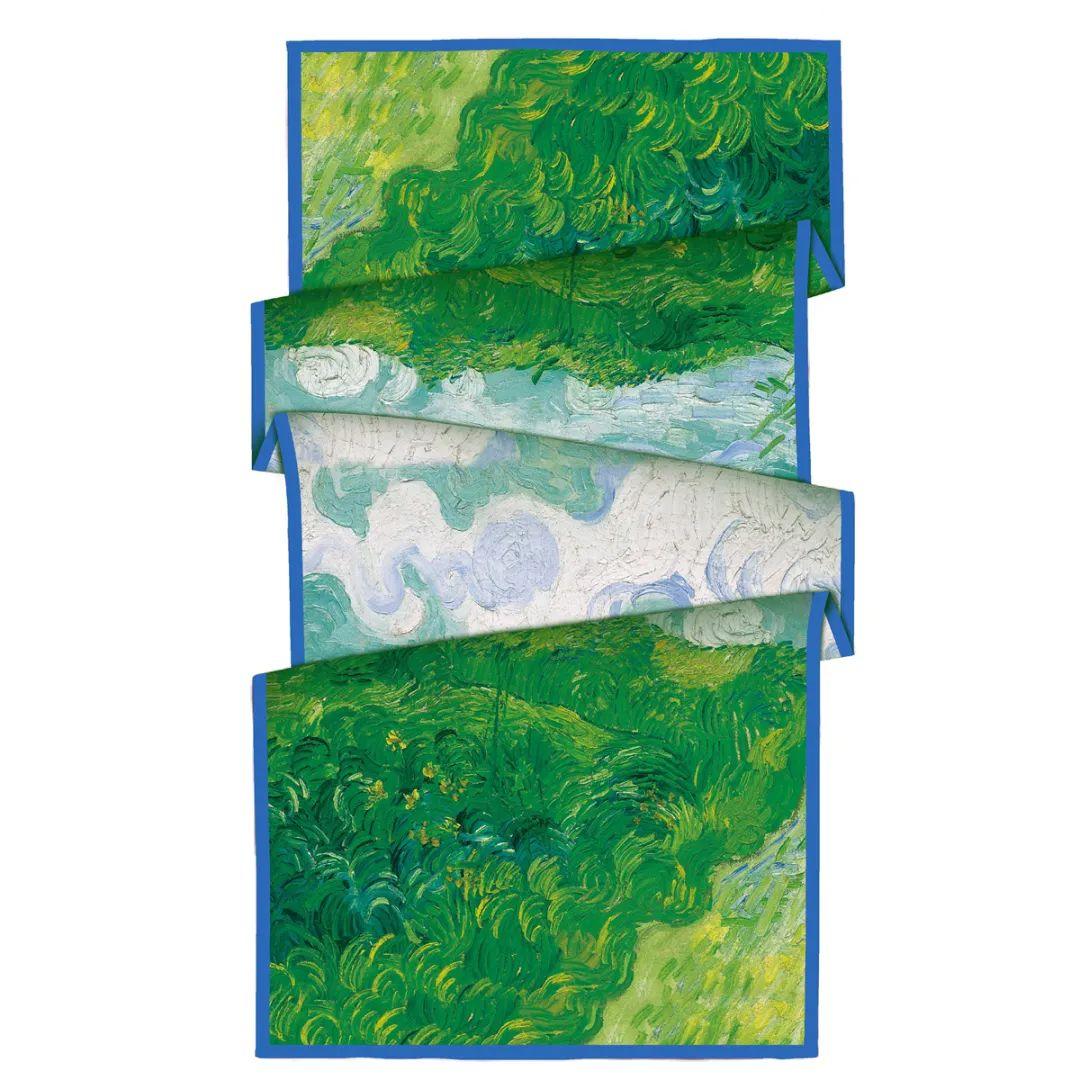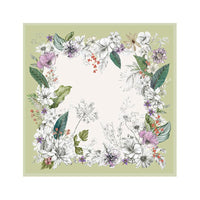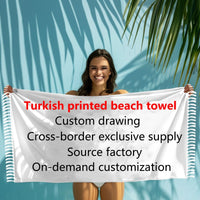The keffiyeh, a distinctive checkered scarf, is an iconic symbol of Middle Eastern culture that has found its way into wardrobes around the world. You’ve probably seen it adorning celebrities, travelers, and people from all walks of life—but if you've ever wondered whether you can wear a keffiyeh, this guide is here to help. Let's explore the story behind this beautiful garment and discuss how you can wear it respectfully.
What Is a Keffiyeh?
Wearing a keffiyeh without understanding its meaning might be regarded as disrespectful by some people. This kind of clothing carries cultural, historical and political significance, especially for Palestinians. It is crucial to understand the meaning behind a headscarf before integrating it into your wardrobe.
The keffiyeh, also known as a shemagh, ghutra, or Arab scarf, is a square piece of cloth traditionally worn in the Middle East, most are worn by men. It’s typically made of cotton or a blend of cotton and wool and often features intricate patterns in black, red, white, or other colors.
The Cultural History Behind the Keffiyeh
The keffiyeh has a rich and complex history woven into the fabric of Middle Eastern culture. Its origins date back centuries, when it was worn by Bedouins, farmers, and other communities throughout the Arabian Peninsula. At its core, it was a garment born of necessity, designed to shield the face from the unforgiving desert elements.
Understand the Patterns and Colours: Different patterns and colours of keffiyehs carry unique meanings
For example, the iconic black and white checkered keffiyeh is most famously associated with Palestine and has become a global symbol of solidarity with the Palestinian people. On the other hand, a red and white keffiyeh is more commonly worn in Jordan and some Gulf countries like Saudi Arabia and Kuwait.

Why Has the Keffiyeh Become So Popular Worldwide?
In recent decades, the keffiyeh has moved from a traditional garment to a global fashion statement. Part of its international appeal comes from its sheer versatility. It can be worn in many ways: as a scarf, a shawl, a headwrap, or simply draped loosely over the shoulders. Its bold patterns and striking look add a unique element of visual interest to any outfit, making it a favorite among fashion designers, streetwear enthusiasts, and influencers alike.
Celebrities and travelers have adopted the keffiyeh not just for its aesthetic appeal but also for its cultural depth. This widespread adoption has brought the keffiyeh into the mainstream, raising the question of who can wear it and for what purpose.
Can Anyone Wear a Keffiyeh?
Now, let's address the question that brought you here: Can anyone wear a keffiyeh? The answer is... it depends entirely on your approach. The keffiyeh can be worn by anyone, as long as it’s done with respect and a sincere understanding of its cultural significance.
How to Wear a Keffiyeh Without Offending Anyone
If you decide to wear a keffiyeh, it’s important to do so mindfully. Here are a few things to consider to ensure your choice is respectful:
1.Learn About Its History: The most important step you can take is to educate yourself. By reading up on the keffiyeh's origins and meanings, you show respect for the culture and heritage that gave rise to it. Understanding the keffiyeh as a garment of tradition—not just a cool scarf—helps you appreciate it more deeply and wear it with a sense of purpose.
2.Avoid Oversimplification: Avoid treating the keffiyeh merely as a "cool scarf." It has a layered history and should not be stripped of its cultural context. Wearing it without knowledge might come across as careless or disrespectful.
3.Respect Symbolism: Some people might see the keffiyeh as a political symbol, especially when worn in black and white. If you choose to wear one, make sure you're aware of its potential meaning to others and be prepared to explain why you decided to wear it."

Frequently Asked Questions About Wearing a Keffiyeh:
1. Is it cultural appropriation to wear a keffiyeh?
It depends on the context and intent. Wearing a keffiyeh without understanding its cultural significance or using it solely as a fashion accessory can be seen as appropriation. However, wearing it with knowledge and respect is generally considered appreciation.
2. Can non-Arabs wear a keffiyeh?
Yes, non-Arabs can wear headscarves, especially on the premise of respecting their origin and symbolic meaning. Many non-Arabs wear headscarves either in support of the Palestinian cause or to appreciate their practical uses, such as in dressing and tactical application
3. What does the keffiyeh symbolize?
The keffiyeh symbolizes resilience, solidarity, and heritage, particularly for Palestinians. It has also become a broader symbol of Middle Eastern culture.
4. Where can I buy a keffiyeh?
You can explore keffiyeh scarves here.






